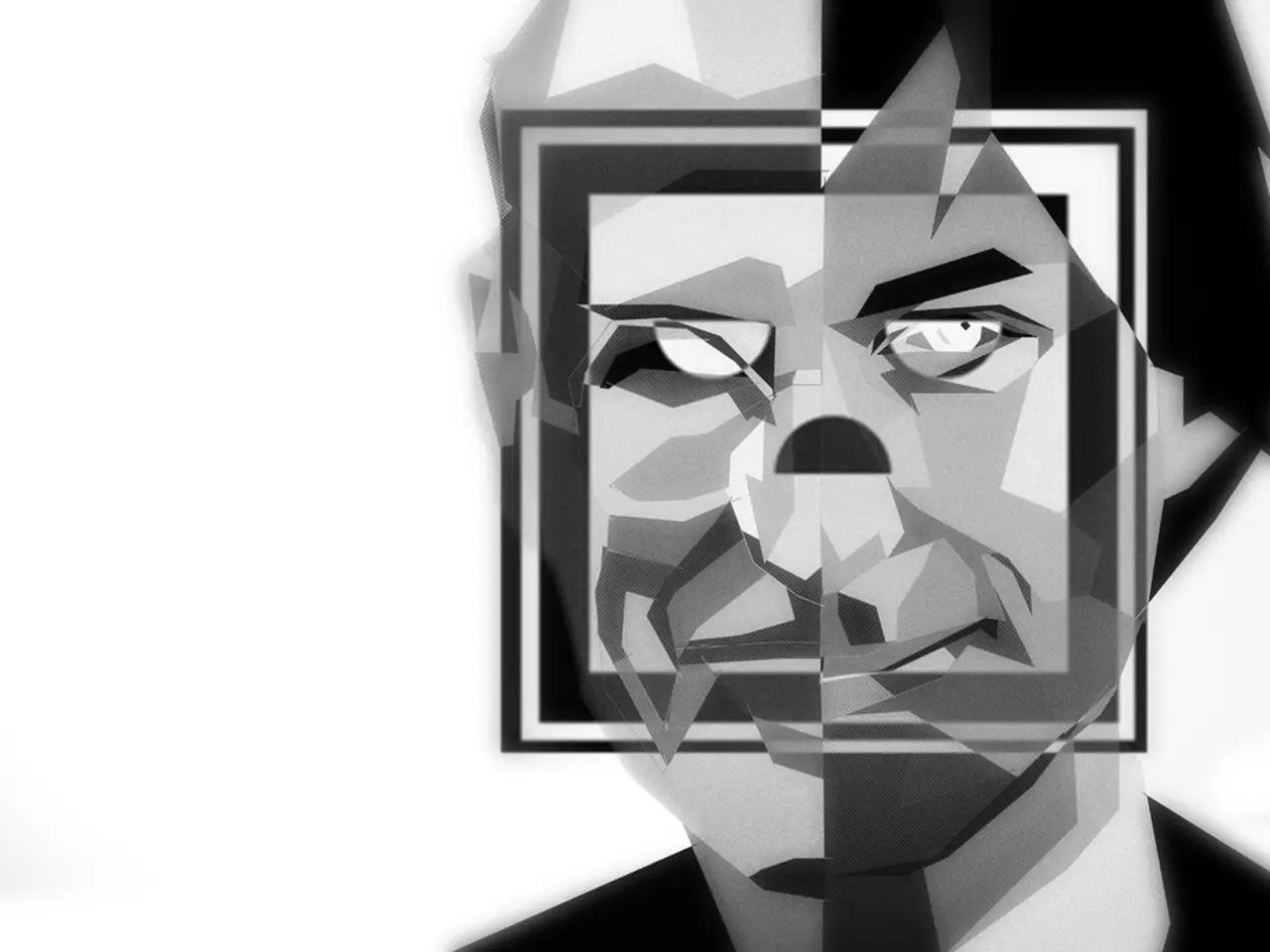Video Color Adjustment Techniques - Fundamentals and Tips
In the world of video production, color correction plays a crucial role in creating visually appealing content. This article will provide an overview of the essentials of color correction, suitable for both beginners and seasoned video producers.
Firstly, it's important to note that selecting the right software is essential for effective color correction. For those starting out or working with occasional video projects, Movavi software is a great choice due to its user-friendly interface and intuitive design. On the other hand, professionals might opt for DaVinci Resolve or Adobe Premiere Pro, both renowned for their advanced color grading tools.
White balance is an essential first step in video production. By ensuring that the camera correctly perceives white under the existing lighting, it lays the foundation for accurate color representation throughout the video.
Understanding color theory is essential for working with colors in video production. It helps in understanding color perception and finding color combinations that convey specific moods. Saturation and hue are adjustable factors that can be used to make colors appear more or less intense or to change their hue, respectively.
A powerful graphics card is essential, especially for 4K videos and YouTube videos. Additionally, high-resolution videos can put a heavy load on the computer, requiring a strong CPU and at least 32 GB of RAM. For color correction, a large monitor with a 10-bit color depth is necessary, and some video producers use two monitors for a wider range.
When it comes to color correction, it's always worth being a bit restrained. The tools of color correction are meant to slightly improve the video, not to completely change the colors. Over-editing, inconsistent correction, and excessive saturation are common mistakes to avoid.
The color correction process should address white balance first, followed by exposure, contrast, color tone matching, and saturation in that order. It's important to consider the software and hardware used, as these tools can significantly impact the final product.
Lastly, it's essential to distinguish between color correction and color grading. While color correction aims for a realistic representation of colors, color grading alters colors for artistic effects. By understanding these differences and following the tips outlined in this article, you'll be well on your way to creating visually stunning videos.







